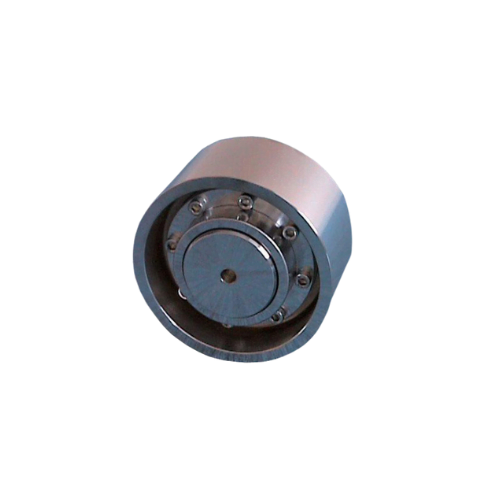What Happens When Coupling Fails?
Couplings may seem like a small component in the vast machinery landscape, but their role is pivotal. Coupling House give Guide from These devices connect two shafts, enabling the transfer of power from one to another. Picture this: a coupling is the unsung hero ensuring your car's engine power is seamlessly transmitted to the wheels or enabling the smooth rotation of gears in manufacturing equipment.
Common Causes of what happens when Coupling Fails?
Couplings, however, are not immune to challenges. Various factors contribute to coupling failures, including misalignment, inadequate lubrication, or simply wear and tear over time. Identifying these issues is crucial for preventing catastrophic failures in machinery.
Impact on Machinery Performance
When couplings fail, the repercussions are significant. Vibrations, increased noise levels, and even complete breakdowns can occur. The efficiency of the entire system takes a hit, leading to potential downtime and costly repairs.
Signs of Coupling Issues
Vibrations and Noise
One of the early signs of coupling trouble is unusual vibrations or increased noise during machinery operation. These signals should not be ignored, as they often indicate misalignments or impending coupling failures.
Misalignment Indicators
Misaligned couplings can spell disaster for machinery. Recognizing misalignment indicators, such as uneven wear on coupling components, is crucial for timely intervention.
Temperature Fluctuations
Unexplained temperature fluctuations around the coupling area can also be a warning sign. Overheating might suggest issues with lubrication or other internal problems.
Preventive Maintenance
Regular Inspections
Routine inspections are the cornerstone of coupling maintenance. Checking for signs of wear, misalignment, or any irregularities can catch potential issues before they escalate.
Lubrication Procedures
Proper lubrication is vital for the longevity of couplings. Following recommended lubrication procedures helps reduce friction and minimizes wear and tear.
Temperature Monitoring
Implementing temperature monitoring systems provides real-time insights into the health of couplings. Sudden spikes or fluctuations can prompt immediate action.
Types of Couplings
Understanding the various types of couplings is fundamental to appreciating their diverse applications.
Flexible Couplings
Designed to compensate for misalignments, flexible couplings find extensive use in applications where vibrations are a concern.
Rigid Couplings
Offering a more direct connection between shafts, rigid couplings are preferred in situations demanding precise alignment.
Lessons Learned from These Incidents
Analyzing the root causes and the subsequent corrective actions taken in these cases sheds light on best practices for avoiding coupling failures.
Benefits of Proper Coupling
Enhanced Machinery Lifespan
Regular maintenance and timely interventions ensure couplings perform optimally, contributing to the extended lifespan of machinery.
Improved Efficiency
Efficiently operating couplings lead to smooth machinery functioning, reducing energy wastage and enhancing overall operational efficiency.
Cost Savings
Investing in proper coupling maintenance may seem like an expense, but it pales in comparison to the costs associated with unplanned downtime and major repairs.
Expert Tips for Coupling Maintenance
Insights from Industry Professionals
Experts recommend a proactive approach to coupling maintenance, emphasizing regular inspections and adherence to manufacturer guidelines.
Best Practices for Coupling Care
Implementing best practices, such as proper installation, alignment checks, and routine lubrication, significantly contributes to coupling longevity.
Common Myths about Couplings
Debunking Misconceptions
Addressing common misconceptions about couplings dispels myths and underscores the critical role they play in machinery.
Clarifying the Importance of Coupling Maintenance
Emphasizing the importance of coupling maintenance helps debunk the notion that couplings are minor components in the grand scheme of machinery.
Regular inspections are recommended, ideally as part of routine maintenance schedules.
Minor issues can often be repaired, but severe damage may necessitate replacement.
It depends on the application; flexible couplings are better for absorbing vibrations, while rigid couplings offer precise alignment.
Lifespan varies based on usage and maintenance but proper care can extend it significantly.
Conclusion
In conclusion, the importance of couplings in machinery cannot be overstated. Regular maintenance, coupled with advancements in technology, ensures optimal performance and prevents costly failures. Acknowledging the role of couplings and investing in their care is an investment in the longevity and efficiency of industrial systems.



























